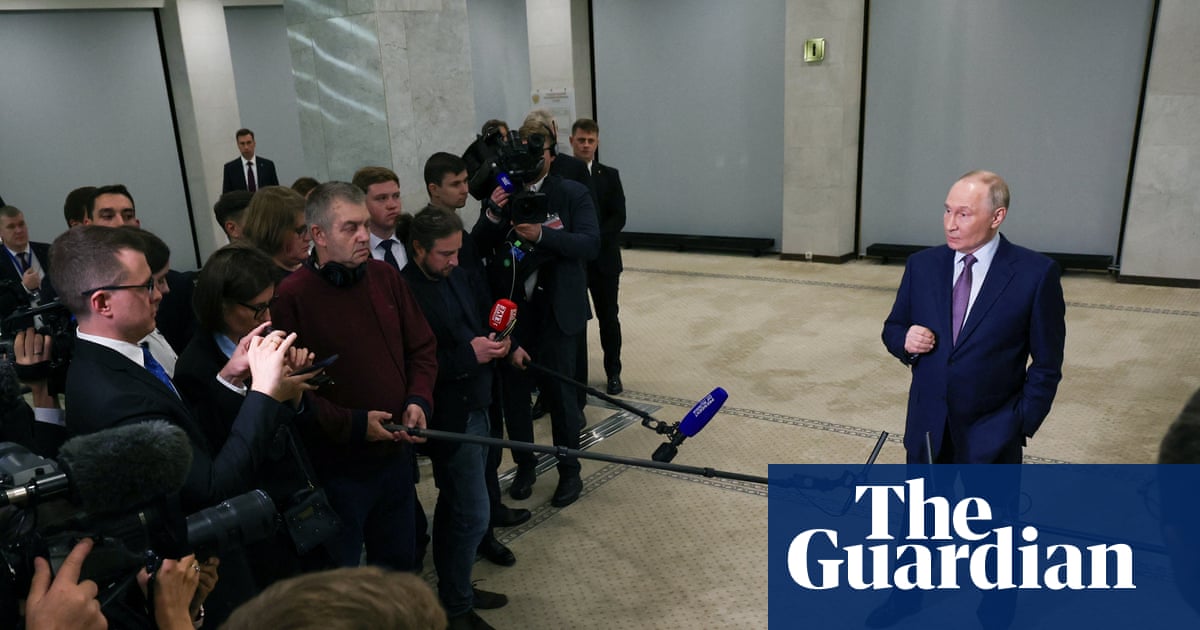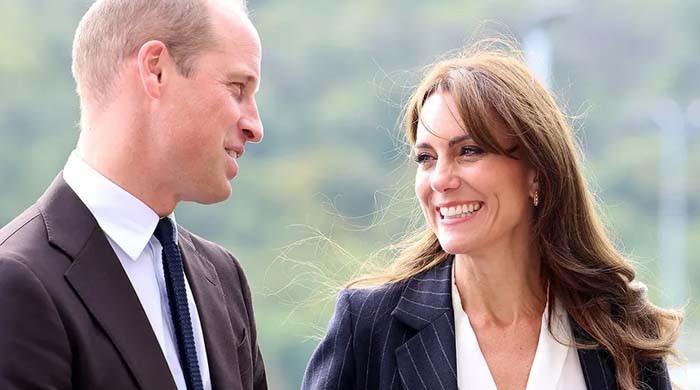ULTIMATE ENDGAME #1
Written by DENIZ CAMP
Art by TERRY DODSON & JONAS SCHARF
Cover by MARK BROOKS
On Sale 12/31
ULTIMATE ENDGAME #1 writer Deniz Camp spoke with ComicBook.com about finishing the saga that began with 2023’s ULTIMATE INVASION. “I’m…

ULTIMATE ENDGAME #1
Written by DENIZ CAMP
Art by TERRY DODSON & JONAS SCHARF
Cover by MARK BROOKS
On Sale 12/31
ULTIMATE ENDGAME #1 writer Deniz Camp spoke with ComicBook.com about finishing the saga that began with 2023’s ULTIMATE INVASION. “I’m…

Unlock the Editor’s Digest for free
Roula Khalaf, Editor of the FT, selects her favourite stories in this weekly newsletter.
Ford has warned of a profit hit of up to $2bn from a fire at an aluminium supplier’s plant in New York, prompting a downgrade in its annual guidance.
The September 16 fire at the plant operated by Novelis has shut down production of aluminium sheets that are widely used by the car industry in the US, including by Ford and Stellantis.
On Thursday, Ford said it expects an adjusted operating profit of $6bn-$6.5bn for the full year, compared with its earlier target range of $6.5bn-$7.5bn. The downgraded forecast included up to $1bn in net tariff impact, which was smaller than the $2bn net hit it projected in July.
Chief financial officer Sherry House said the company would have raised its guidance if not for the cost impact from the Novelis plant fire.
The carmaker said it would add 1,000 jobs across plants in Michigan and Kentucky to increase output of F-series trucks by more than 50,000 vehicles next year to recover production losses caused by the fire.
For the September quarter, Ford reported net income of $2.4bn on a 9 per cent increase in revenue to a record $50.5bn.
Ford’s adjusted earnings of $2.6bn before interest and tax was flat year-on-year, but higher than the average analyst estimate for $2bn, according to Visible Alpha. For the quarter, it booked a tariff impact of $700mn.

Unlock the Editor’s Digest for free
Roula Khalaf, Editor of the FT, selects her favourite stories in this weekly newsletter.
Intel shares rose 6 per cent after the troubled chipmaker reported better than expected revenue, adding to its momentum following big investments from the Trump administration, Nvidia and Japan’s SoftBank.
The Santa Clara, California-based tech group reported revenue was $13.7bn, up 3 per cent year-on-year — beating Wall Street expectations of $13.1bn.
Intel expected revenue of between $12.8bn and $13.8bn for the fourth quarter, roughly in line with consensus estimates.
It said the trio of investments had strengthened its finances as it seeks to turn around its expensive effort to build advanced chip manufacturing in the US.
Chief financial officer David Zinsner said: “We took meaningful steps this quarter to strengthen our balance sheet, including accelerated funding from the US government and investments by Nvidia and SoftBank Group that increase our operational flexibility and demonstrate the critical role we play in the ecosystem.”
Intel also benefited from deals to sell stakes in specialist chip company Altera and automotive technology company Mobileye. Its upbeat guidance came despite losing income due to its smaller share of Altera.
It reported $4.3bn in net income, its first quarterly profit since 2023, following a record $17bn net loss a year ago resulting from restructuring and impairment charges.
Performance in Intel’s manufacturing business improved, with $4.2bn in revenue, as a result of greater efficiency in its chip foundries.
Personal computer chip sales, which have been relatively flat in recent quarters, also exceeded expectations, driven by upgrades to Microsoft’s operating system. It also cited a broader artificial intelligence-driven increase in demand for its PC and server products.
Intel’s gross margin improved to 40 per cent during the quarter — boosted by a return to in-house manufacturing. Margins had been eroded by outsourcing Intel’s most advanced manufacturing to Taiwan’s TSMC.
Intel is also trying to win giant chip clients such as Apple, Qualcomm and Nvidia back from TSMC. The manufacturing push has led to billions in losses.
Some analysts had expected Intel to sell the manufacturing unit. But Lip-Bu Tan, who was appointed chief executive in March, has faced pressure from the Trump administration to continue the US chipmaking push and has committed to holding the company together.
Intel shares had risen about 85 per in the six months leading up to Thursday’s earnings report. Investor confidence was boosted by the US government converting manufacturing grants into a 10 per cent equity stake in the company, which was followed by SoftBank buying $2bn in shares and Nvidia agreeing to a chip partnership and a $5bn investment.
But the influx of cash has not resolved Intel’s long-term problems. Ahead of Thursday’s announcement, Bernstein analysts said the company’s position was “still precarious”, with continued uncertainty about the future of its manufacturing business and ongoing losses in its core chip business, leading to a “very stretchy valuation”.
Intel also disclosed the extent of recent job cuts, saying it had shed almost 30 per cent of its staff in a year, as Tan seeks to cut out middle management layers he says have slowed its innovation.

Vladimir Putin has said Russia will never bow to US pressure but conceded new sanctions could cause some economic pain, as China and India were reported to be scaling back Russian oil imports after Washington targeted Moscow’s two largest…

The International Olympic Committee took swift action against Indonesia for denying visas to Israeli athletes set to compete in the 53rd Artistic Gymnastics World Championships being held in Jakarta through Saturday.
Topping the list?

This must have been the first of the red flags for Rohl. It wasn’t just that Chermiti failed to score, it was that he never really threatened to score.
His effort was harmless. A lack of confidence, sure. A young player, no question. But a…

RIVERSIDE, Calif. — A study by University of California, Riverside, scientists has found that two toxic chemicals can form when the main ingredient in most e-cigarette fluids is heated, and that these compounds can harm human lung…
This request seems a bit unusual, so we need to confirm that you’re human. Please press and hold the button until it turns completely green. Thank you for your cooperation!

Kate Middleton and Prince William may seem composed, but they are very competitive behind the scenes.
The iconic TV chef Dame Mary Berry has made some…